Dr. Oscar Quevedo-Teruel
Full Professor
Electromagnetic Engineering and Fusion Science (EMF)
School of Electrical Engineering and Computer Science (EECS)
KTH Royal Institute of Technology
Full Professor
Electromagnetic Engineering and Fusion Science (EMF)
School of Electrical Engineering and Computer Science (EECS)
KTH Royal Institute of Technology
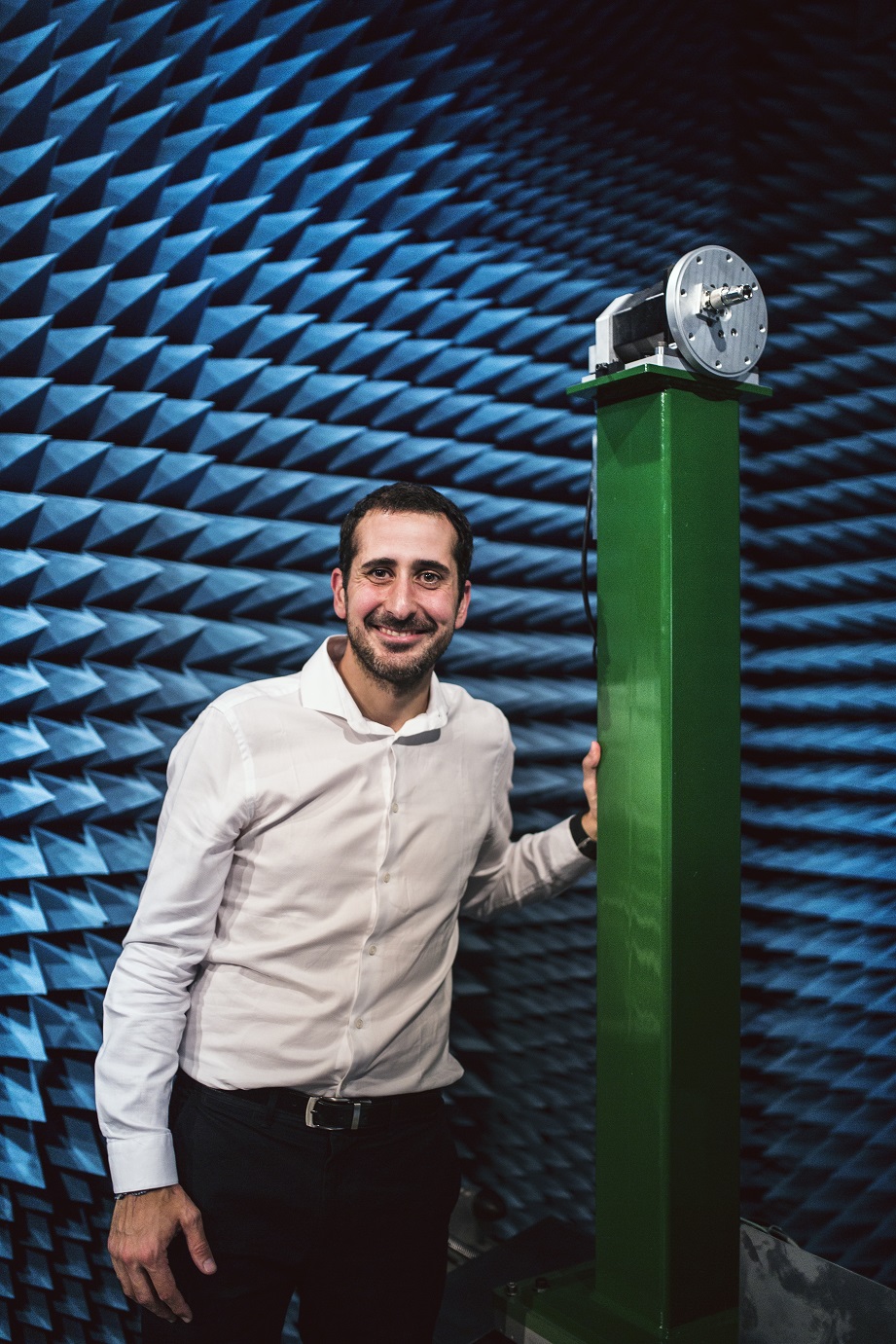
Narrative biography:
Oscar Quevedo-Teruel received his Telecommunication Engineering and Ph.D. Degrees from Carlos III University of Madrid, Spain in 2005 and 2010. From 2010-2011, Dr. Quevedo-Teruel joined the Department of Theoretical Physics of Condensed Matter at Universidad Autonoma de Madrid as a research fellow and went on to continue his postdoctoral research at Queen Mary University of London from 2011-2013.
In 2014, he joined the Division for Electromagnetic Engineering in the School of Electrical Engineering and Computer Science at KTH Royal Institute of Technology in Stockholm, Sweden where he is a Full Professor, Responsible of the Antenna Laboratory, and Director of the Master Programme in Electromagnetics Fusion and Space Engineering. He has been an Associate Editor of the IEEE Transactions on Antennas and Propagation since 2018, a member of the Editoral Board of Nature Scientific Reports since 2021, and the founder and editor-in-chief of the journal Reviews of Electromagnetics since January 2021. He was the EurAAP delegate for Sweden, Norway, and Iceland from 2018-2020 and he has been a member of the EurAAP Board of Directors since January 2021. He is a distinguished lecturer of the IEEE Antennas and Propagation Society for the period of 2019-2021 and Chair of the IEEE APS Educational Initiatives Programme since 2020.
He has made scientific contributions to higher symmetries, transformation optics, lens antennas, metasurfaces, leaky wave antennas, multi-mode microstrip patch antennas, and high impedance surfaces. He is the co-author of 105 papers in international journals and 160 at international conferences, and has received approval on 3 patents.
PART 1: INTRODUCTION
More videos:
PART 2: HOMOGENEOUS LENSES: SPHERICAL LENSES
PART 3: HOMOGENEOUS LENSES: NON-SPHERICAL
PART 4: LIMITATIONS: ABERRATIONS AND REFLECTIONS
PART 5.1: GRADED INDEX LENSES
PART 5.2: GRADED INDEX LENSES
PART 6: NEW TECHNIQUES: TRANSFORMATION OPTICS AND METASURFACES
Title: Double–Layer Geodesic and Gradient-Index Lenses
Authors: Q. Chen, S. A. R. Horsley, N. J. G. Fonseca, T. Tyc, O. Quevedo-Teruel
Journal: Nature Communications, 2022
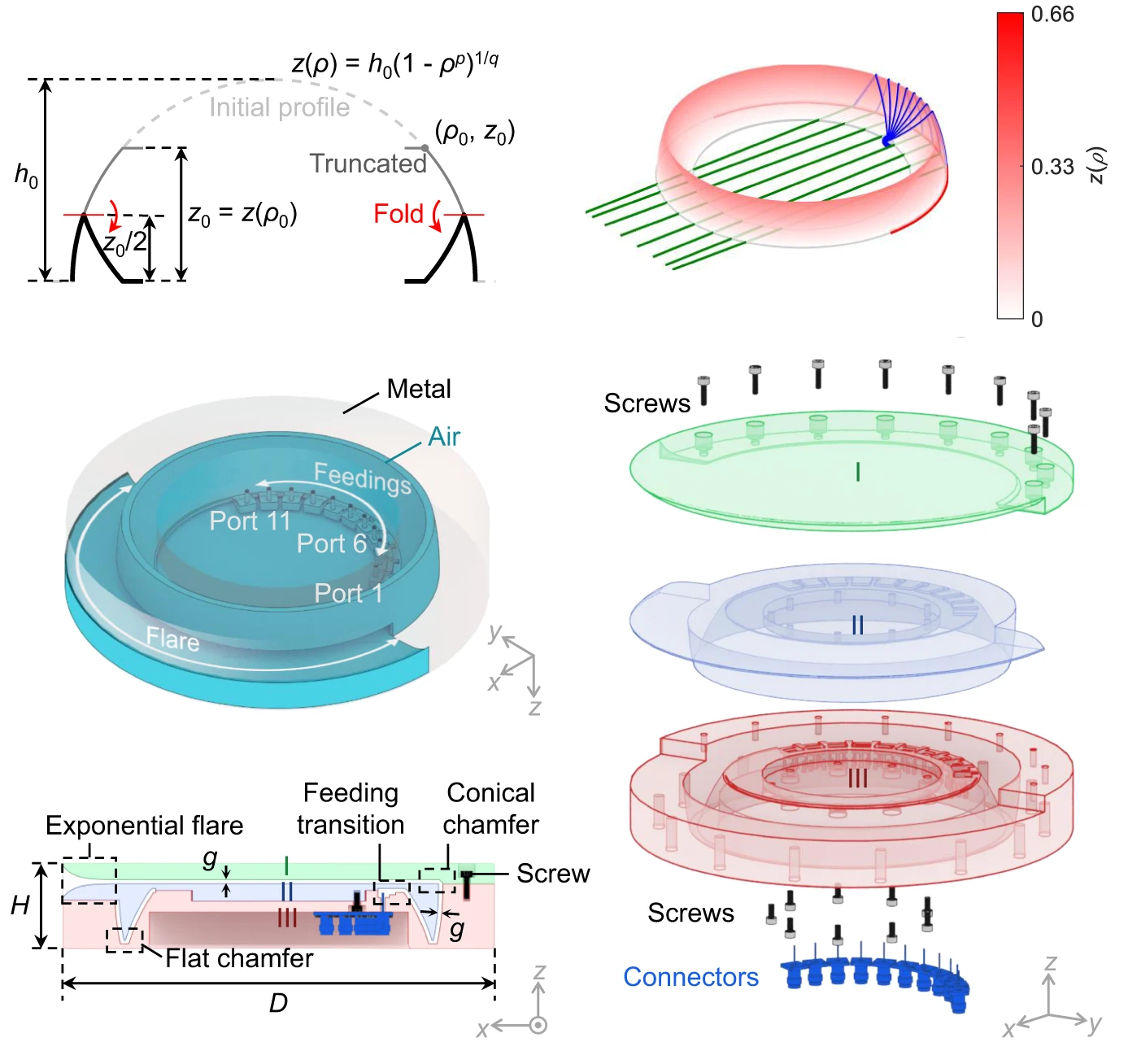
Authors: P. Castillo-Tapia, O. Zetterstrom, A. Algaba-Brazalez, L. Manholm, M. Johansson, N. J. G. Fonseca, O. Quevedo-Teruel
Journal: IEEE Transactions on Antennas and Propagation, 2023
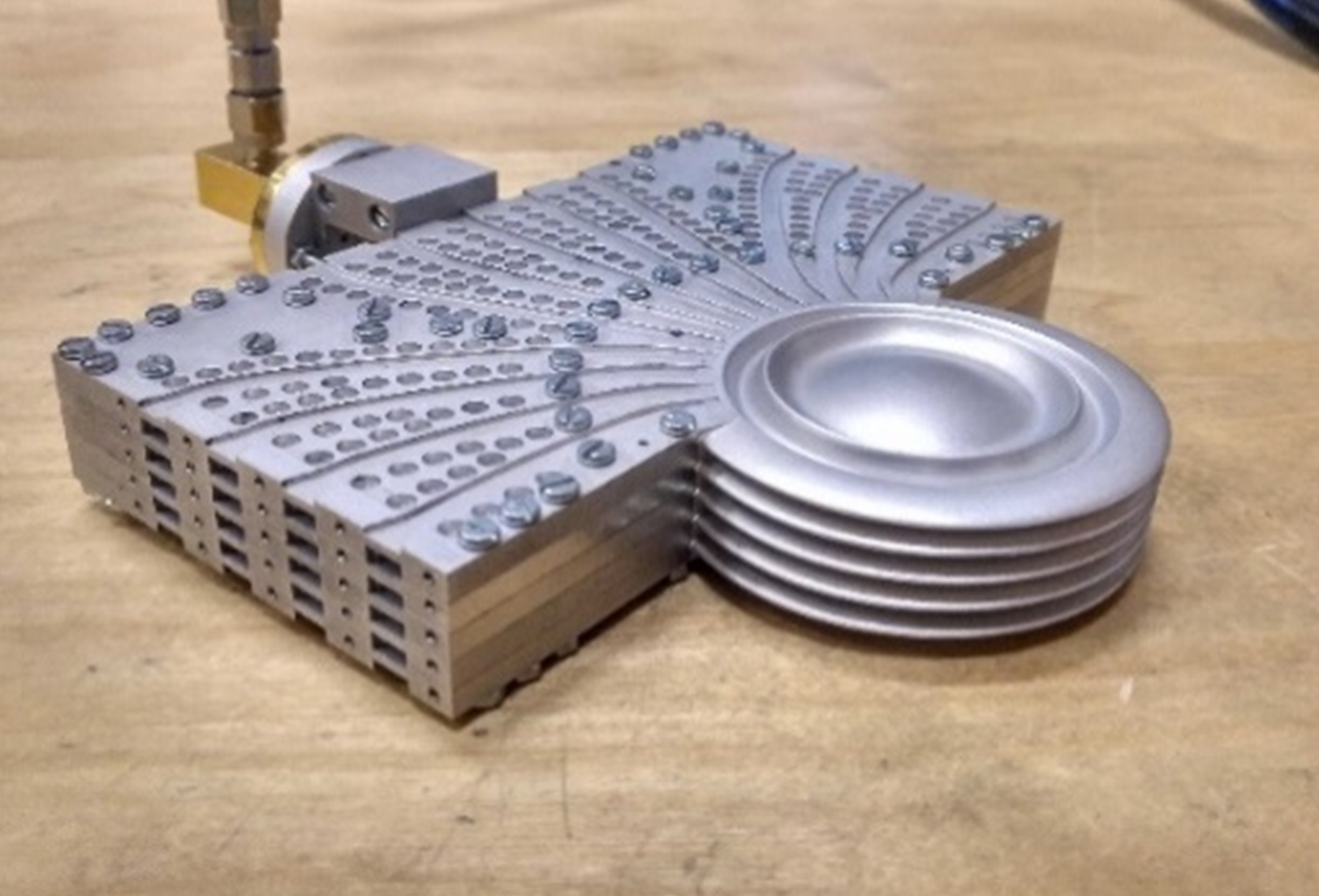
Title: Glide-symmetric fully-metallic Luneburg lens for 5G Communications at Ka-band
Authors: O. Quevedo-Teruel, J. Miao, M. Mattsson, A. Algaba-Brazalez, M. Johansson, L. Manholm
Journal: IEEE Antennas and Wireless Propagation Letters, 2018
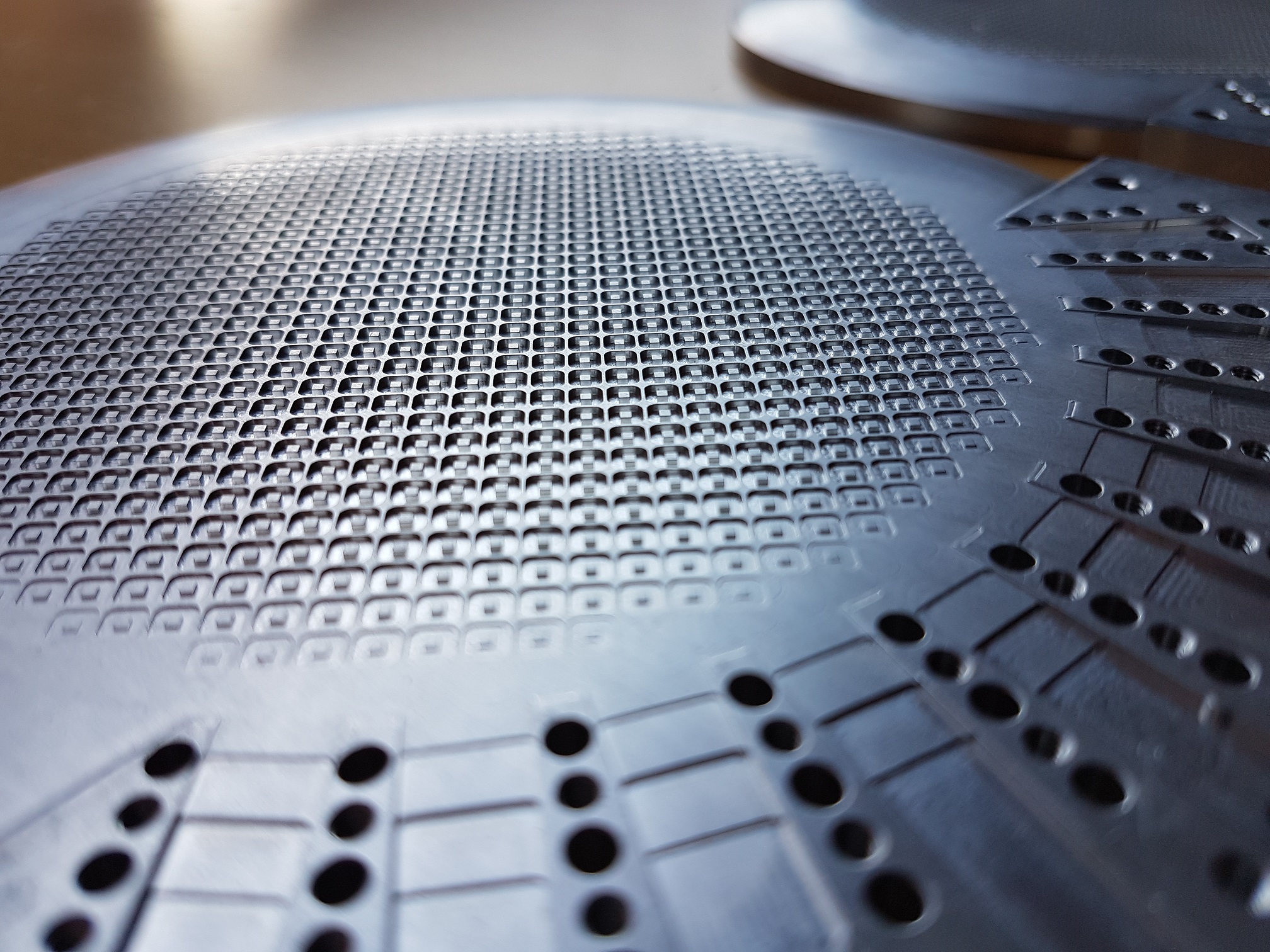
Title: Glide-Symmetric Holey Leaky-Wave Antenna with Low Dispersion for 60-GHz Point-to-Point Communications”, IEEE Transactions on Antennas and Propagation
Authors: Q. Chen, O. Zetterstrom, E. Pucci, A. Palomares-Caballero, P. Padilla, O. Quevedo-Teruel
Journal: IEEE Transactions on Antennas and Propagation, 2020
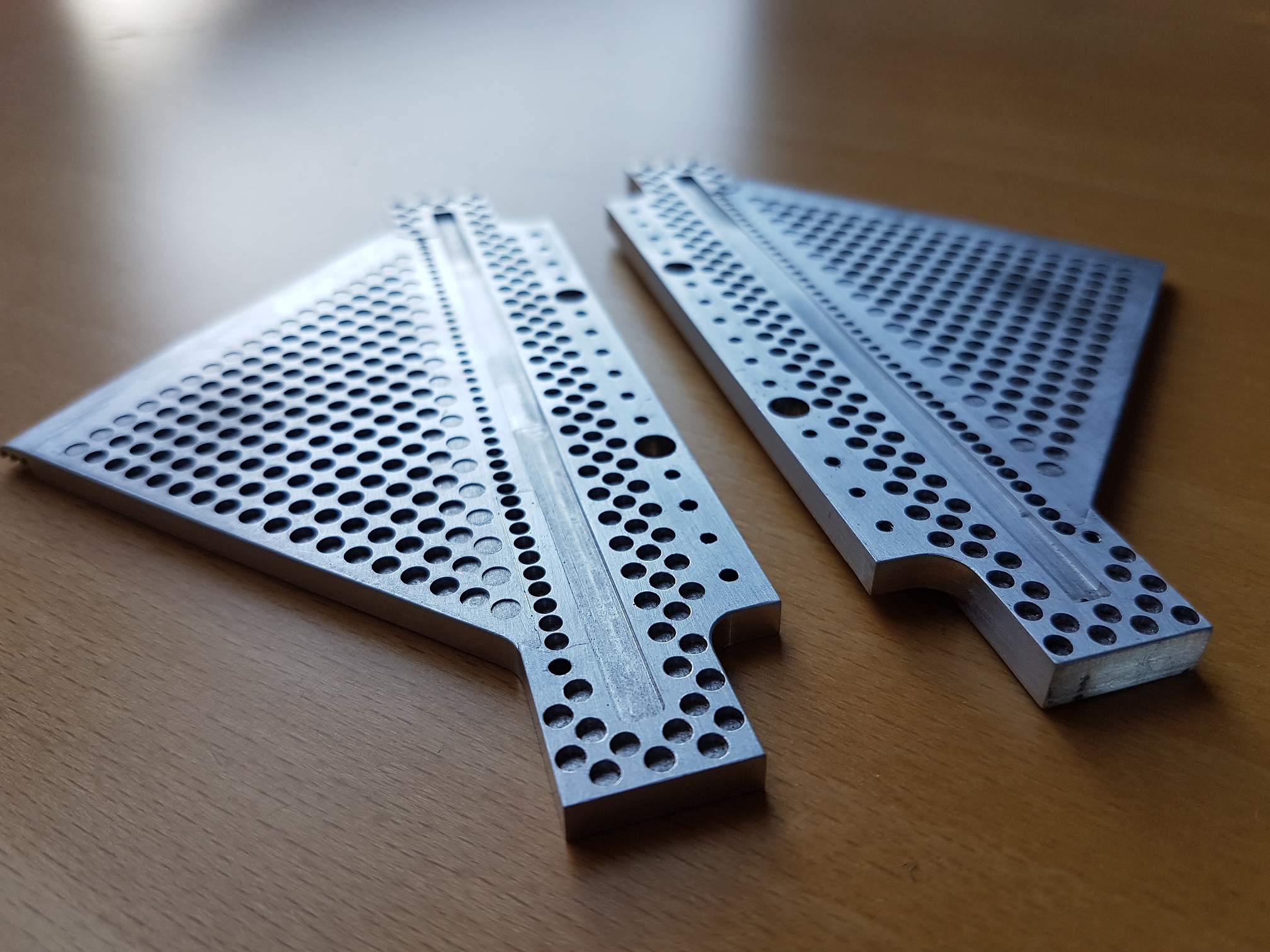
Title: Experimental Validation of Bespoke Lens for a Slot Log-Spiral Feed
Authors: M. Ebrahimpouri, O. Zetterstrom, O. Quevedo-Teruel
Journal: IEEE Antennas and Wireless Propagation Letters, 2020
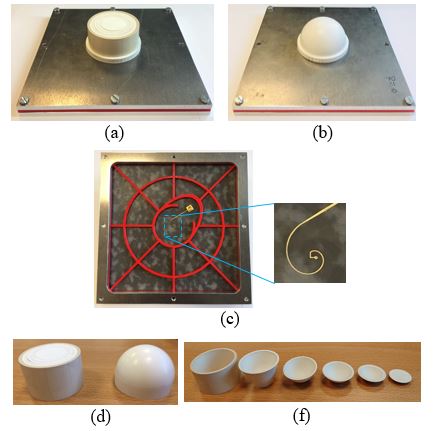
Title: Analyzing Glide-Symmetric Holey Metasurfaces Using a Generalized Floquet Theorem
Authors: F. Ghasemifard, M. Norgren, O. Quevedo-Teruel, G. Valerio,
Journal: IEEE Access, 2018
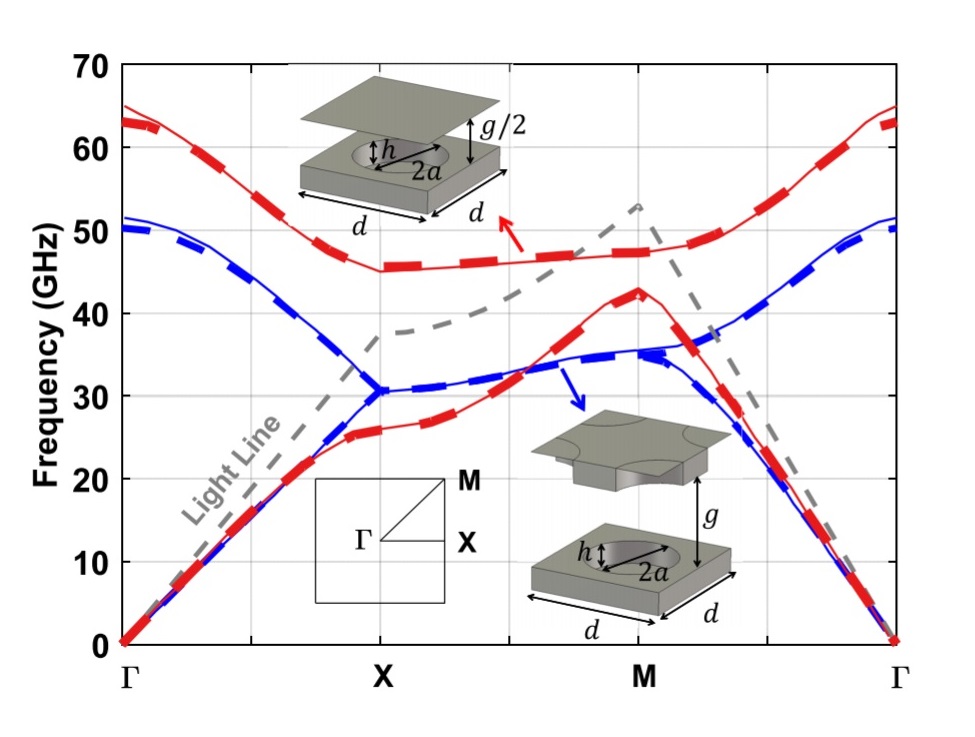
Title: Cost-Effective Gap Waveguide Technology Based on Glide-Symmetric Holey EBG Structures
Authors: M. Ebrahimpouri, E. Rajo-Iglesias, Z. Sipus, O. Quevedo-Teruel
Journal: IEEE Transactions on Microwave Theory and Techniques, 2018
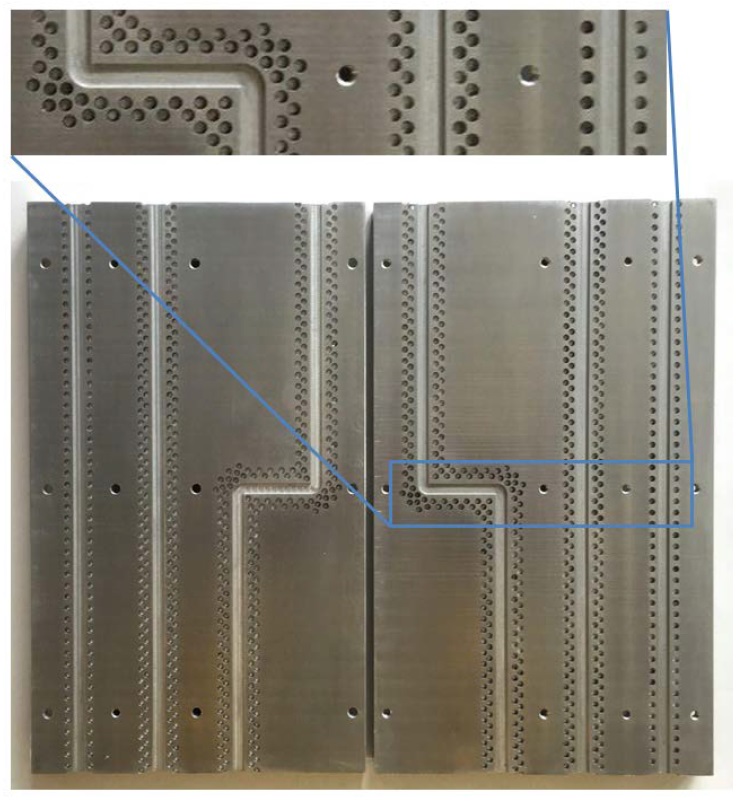
Electromagnetic Engineering
School of Electrical Engineering and Computer Science (EECS)
KTH Royal Institute of Technology
Teknikringen 31, fourth floor, room 1429
SE-100 44 Stockholm
Sweden
Phone:
+46-8-790 81 97
E-mail:
oscarqt@kth.se
